Bumper Year for Buried Treasure in Britain
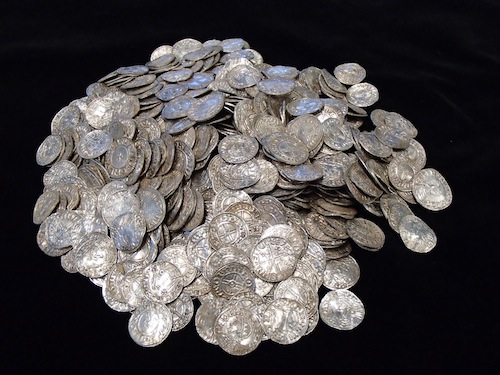
The British have been pretty lucky these past few years. According to the British Museum, numerous treasures have been uncovered by metal detectorists and accidentally by workmen.
One of the most impressive is the Anglo-Saxon coin hoard from Lenborough, Buckinghamshire, found in December of last year, and which the British Museum has just announced it has acquired. Around 5,200 Anglo-Saxon silver pennies, and two cut half pennies, of kings Æthelred II (r.978-1016) and Cnut (r.1016-35), were found wrapped within a lead sheet. The hoard was discovered on a metal-detecting rally, and recovered under the guidance of the local Finds Liaison Officer. The hoard contains coins from more than forty different mints around England, and provides a rare source of information on the circulation of coinage at the time the hoard was buried.
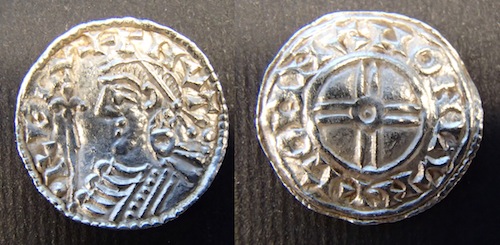
An interesting type of silver penny of Æthelred II replaces the image of the king with the Lamb of God. This religious imagery was part of a wider program of trying to make the English more godly, in the hope of winning divine intercession against the Vikings, who many saw as God’s punishment on the English for their lack of Christian piety.
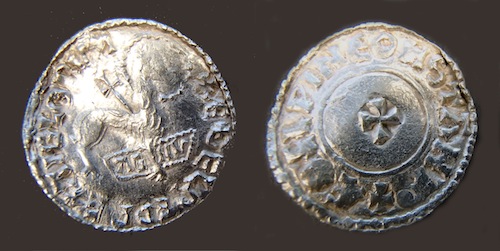
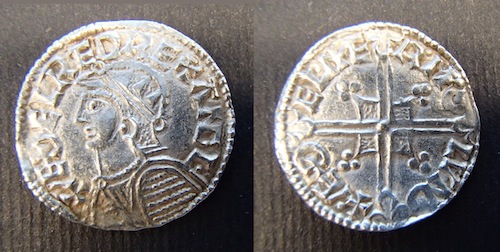
Yesterday the British Museum opened a new display in its Room 68, the Citi Money Gallery, showing a selection of the Lenborough hoard coins.
Other treasures have come to light in this past year, some of which are on display in a special case in Room 2 of the British Museum. In Wollaston, Gloucestershire, there was uncovered eight Bronze Age gold bracelets nested together in three groups, probably belonging to a child, and featuring unique decoration. They date to c.1400–c.1100 BC. There was also a Viking Hoard from West Coast of Cumbria with a total of 19 silver objects including ingots and fragments of arm rings, dating to the 9th or 10th century AD. A more modern but no less impressive find was a post-medieval reliquary cross from Skellow, South Yorkshire, dating to the 17th or early 18th century AD. It probably belonged to recusants, people who refused to attend Anglican services and continued worshiping according to the Catholic rite. This was illegal and many recusants ended up in prison.
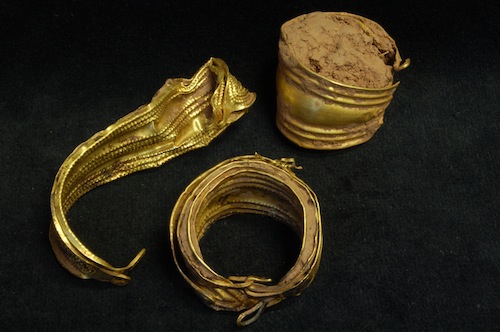
Under the Treasure Act 1996 there is a legal obligation for finders to report Treasure. Since the advent of the Act the number of finds reported has increased fivefold from 201 cases in 1998 (the first full year of the Act) to 993 in 2013, and 1008 in 2014. If declared Treasure such finds may be acquired by museums, with preference going to the local museum. Of the 990 finds reported Treasure in 2012, 368 were acquired by 100 local museums, so they can be displayed to the public close to where the items were discovered.
The finder and landowner are entitled to a reward, but increasingly they have waived this right, enabling museums to acquire Treasure at reduced or no cost.
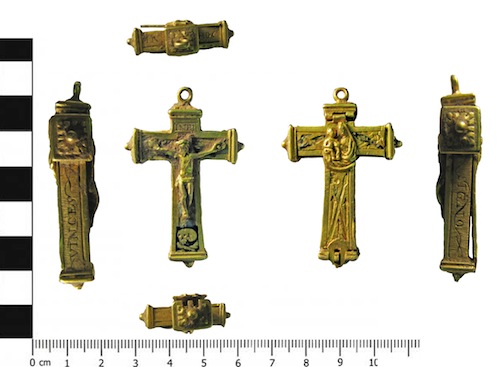
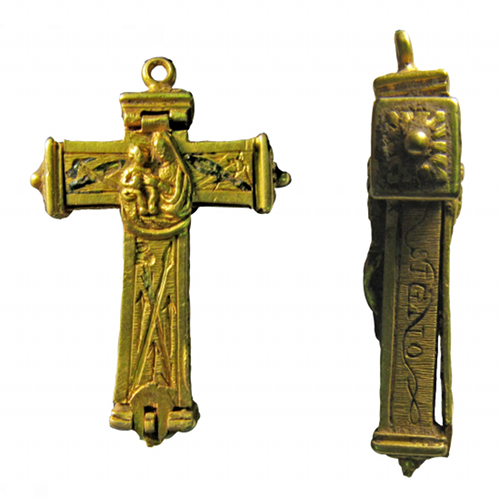
Sean McLachlan is a freelance travel and history writer. He is the author of the historical fantasy novel A Fine Likeness, set in Civil War Missouri, and several other titles. His most recent novel, Trench Raiders, takes place in the opening weeks of World War One. His historical fantasy novella The Quintessence of Absence, was published by Black Gate. Find out more about him on his blog and Amazon author’s page.